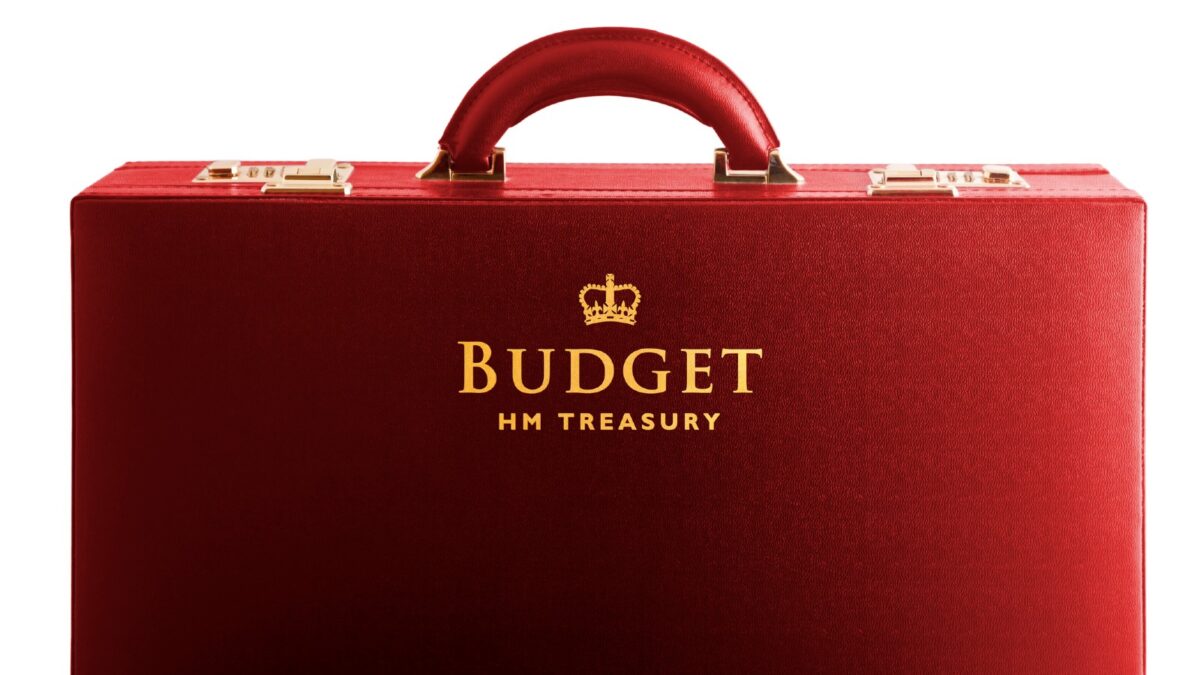On 6 March, the Chancellor of the Exchequer announced that the government is planning to sell a load of NatWest (LSE:NWG) shares. We don’t know when this will happen, but reports suggest it could be as soon as June.
Shares of the high-street bank are offering an attractive dividend yield right now. Should I invest in this FTSE 100 stock for passive income in my Stocks and Shares ISA? Let’s discuss.
Dividends are flowing again
In 2018, almost 10 years to the day after RBS (now NatWest) was rescued by the British taxpayer, the bank reinstated its dividend. Barring a bit of disruption during the pandemic, it has paid out regularly since.
| Financial year | Dividend per share |
| 2026 (forecast) | 18.3p |
| 2025 (forecast) | 17.8p |
| 2024 (forecast) | 15.7p |
| 2023 | 17.0p |
| 2022 | 13.8p |
| 2021 | 11.3p |
| 2020 | 3.2p |
| 2019 | 2.1p |
| 2018 | 5.9p |
It’s interesting to note though that all of these payments combined don’t come anywhere close to the single final dividend of 194p per share paid in May 2008.
This really does remind us how important it is to build a diversified income portfolio made up of companies across different sectors. No dividend is certain, even from established banks.
High-yield passive income
Having said that, the dividend prospects do look attractive here. As we can see above, the current forecast dividend for 2024 is 15.7p per share.
Based on today’s share price of 254p, this translates into a 6.2% dividend yield. In 2025, on an expected dividend of 17p, the prospective yield rises to an attractive 6.7%. Then 7.2% in 2026.
Therefore, from a £10,000 investment, I could expect to receive around £2,038 in dividends over the next three years. That’s assuming broker forecasts are accurate, of course, which isn’t always the case.
If I invest before 14 March, I’d also be entitled to the final dividend announced from the last financial year. That would add an extra £452 or so.
These payouts for 2024 and 2025 are covered 2.4 and 2.3 times by respective forecast earnings. That suggests these eye-catching dividends are more than likely to be paid.
Risk to consider
In 2023, NatWest’s total income rose nearly 11% year on year to £14.7bn, while pre-tax profit soared 20% to £6.2bn. This profit was its largest since 2007.
However, this was driven upwards by higher interest rates. And the consensus now is that rates have peaked and will head lower later this year. This means the bank’s profits may also have peaked.
Meanwhile, the Nigel Farage debanking row rumbles on, which could cause headlines and short-term share price volatility.
Should I invest?
Interestingly, it seems likely that the government will offer individual investors NatWest shares at a discount to the share price.
I see advertising agency M&C Saatchi has been hired to promote this retail offer. So I’m expecting to hear a lot more about this.
However, I note the shares are already dirt cheap, trading on a price-to-book (P/B) ratio of just 0.65. It’ll be interesting then to see how this one unfolds.
I’ve recently been buying HSBC shares to sit alongside Lloyds. I’m a bit worried about overexposure to FTSE 100 bank stocks. But I’ll wait to see the details of the NatWest shares offer.
This post was originally published on Motley Fool





